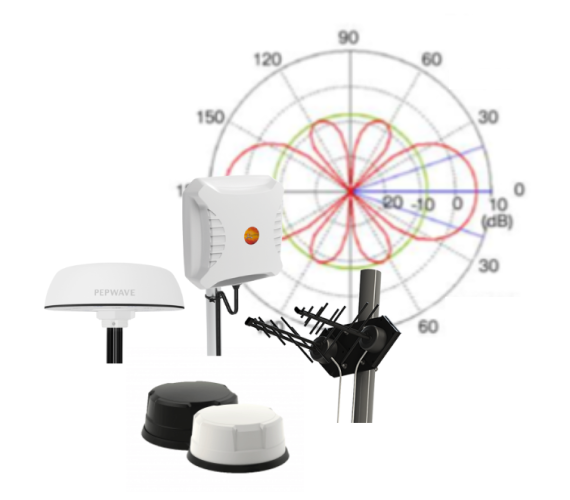
Antenna radiation patterns are essential tools for optimizing the performance of various wireless communication systems, including cellular, GPS/GNSS, and WiFi. By understanding these patterns, you can make informed decisions about antenna placement and orientation, ensuring better signal strength and coverage. Whether you are a professional installer or a DIY enthusiast, mastering radiation patterns will help you achieve the best possible results for your wireless needs.
What is an Antenna Radiation Pattern?
An antenna radiation pattern, often depicted as a polar plot, shows how an antenna radiates energy in different directions. It provides a visual representation of the antenna’s radiation properties in a 2D or 3D space. Key parameters in these patterns include the main lobe, side lobes, back lobes, and nulls:
- Main Lobe: The region where the antenna radiates the most energy.
- Side Lobes: Smaller peaks in the radiation pattern, typically undesirable as they can cause interference.
- Back Lobe: Radiation in the opposite direction of the main lobe.
- Nulls: Areas with minimal or no radiation.
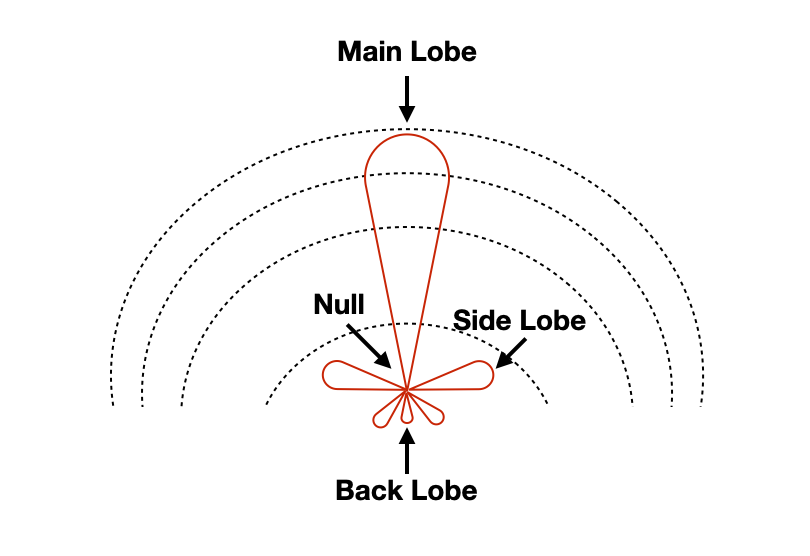
Types of Antenna Radiation Patterns
- Omnidirectional Patterns: Radiate equally in all directions in one plane, commonly used for WiFi routers and cellular base stations.
- Directional Patterns: Focus energy in a specific direction, increasing range and signal strength in that direction. Examples include Yagi antennas commonly used for cellular and TV reception and dish antennas for satellite communication. They are also useful for point-to-point communication like certain GPS antennas.
- Sectoral Patterns: Cover a specific sector of 120° or 180°, often used in cellular base stations to provide coverage to specific areas without wasting energy in unwanted directions.
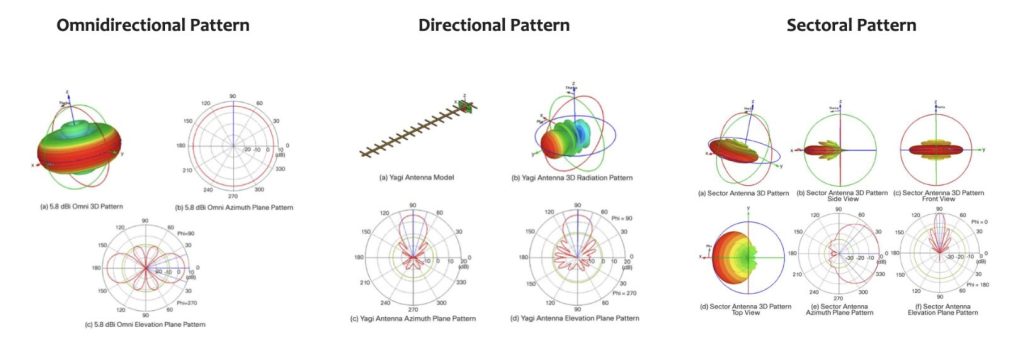
Importance of Understanding Radiation Patterns
Understanding antenna radiation patterns is crucial for several reasons:
- Optimizing Coverage: Ensuring that the areas where you need strong signals are within the main lobe of the antenna.
- Minimizing Interference: Positioning antennas to reduce interference from side and back lobes.
- Improving Signal Quality: Aligning antennas to maximize signal strength and reduce dead zones.
Applications in Cellular, GPS/GNSS, and WiFi
- Cellular Antennas:
- Base Stations: Use sectoral patterns to provide coverage over specific geographical areas. Understanding the radiation pattern helps in positioning antennas to cover desired areas effectively while minimizing overlap and interference.
- Mobile Devices: Typically use omnidirectional antennas to maintain consistent connectivity as the user moves.
- GPS/GNSS Antennas:
- High-Gain Directional Antennas: For precise applications like surveying, understanding the directional pattern ensures the antenna is oriented correctly to receive signals from satellites.
- Vehicle/Portable GPS: Often use omnidirectional patterns to maintain a stable connection with multiple satellites regardless of movement.
- WiFi Antennas:
- Routers and Access Points: Omnidirectional antennas are common, providing broad coverage within homes or offices. For larger areas, understanding the pattern helps in placing multiple access points to ensure full coverage.
- Point-to-Point Links: Directional antennas can create a strong connection between two specific locations, ideal for connecting separate buildings.
How to View and Interpret Radiation Patterns
- Polar Plots: Show the radiation intensity in different directions on a circular graph.
- Azimuth Plot: Displays the pattern on the horizontal plane.
- Elevation Plot: Shows the pattern on the vertical plane.
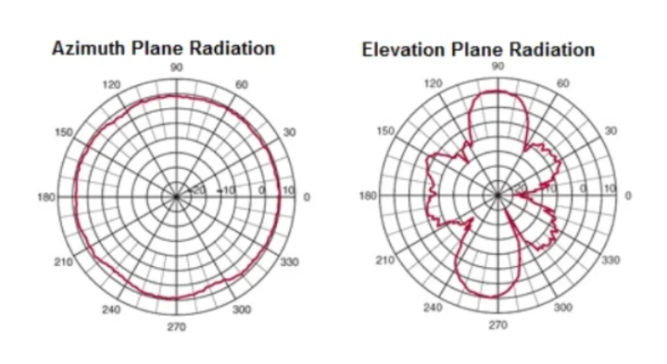
- 3D Plots: Provides a comprehensive view of the radiation pattern, though they can be more complex to interpret.
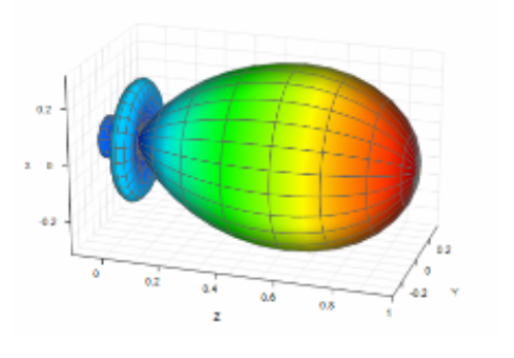
- Software Tools: Various software tools can simulate radiation patterns based on antenna specifications. These tools allow you to visualize how the antenna will perform in different environments.
Practical Tips for Antenna Installation
- Survey the Area: Understand the environment where the antenna will be installed by performing a site survey. Note potential obstacles and areas requiring strong coverage.
- Use Manufacturer Data: Refer to the radiation pattern data provided by the antenna manufacturer.
- Adjust Placement and Orientation: Position the antenna to maximize coverage in desired areas while minimizing interference. For directional antennas, ensure the main lobe points towards the target area.
- Test and Optimize: After installation, test the signal strength and adjust the antenna as needed to achieve optimal performance.

